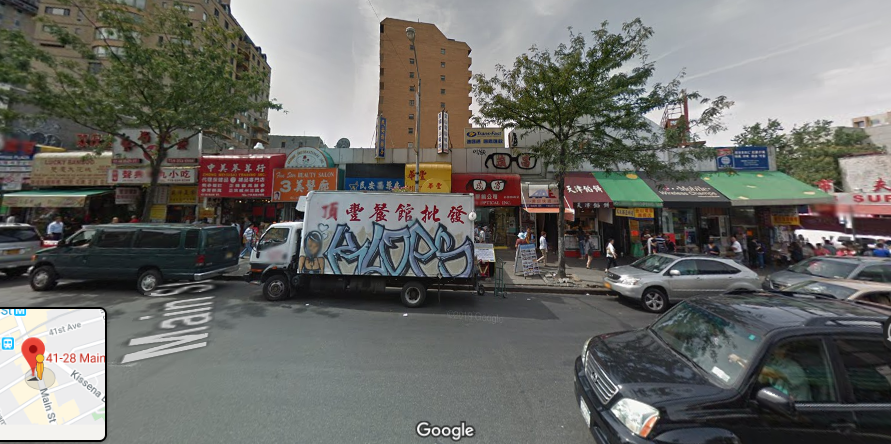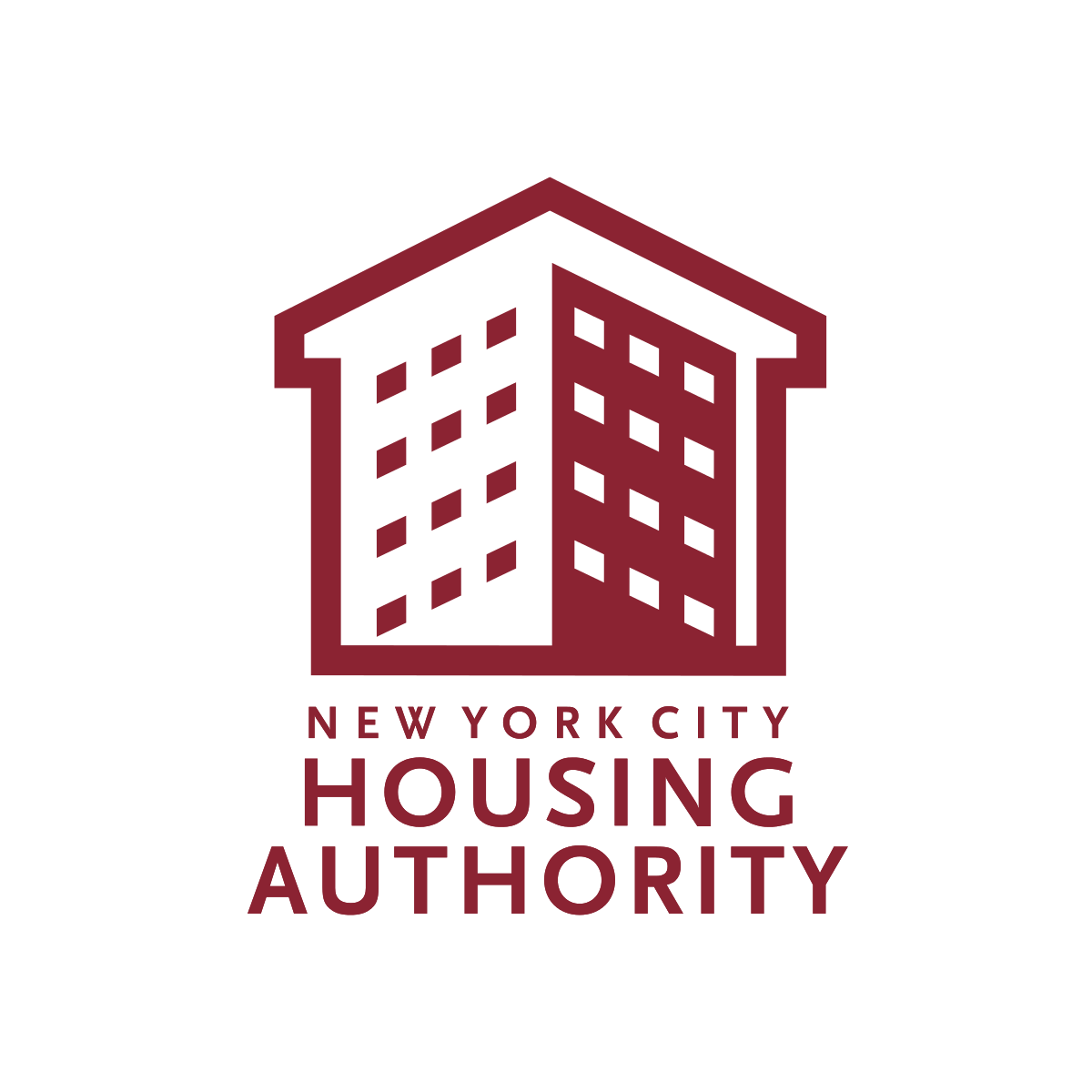Falling debris killed 67 year old woman in Queens, NYC
 A pedestrian was killed by falling debris in New York City. 67 year old Xiang Ji was walking on Main Street near 41st Street in Flushing, Queens Thursday morning around 9:45 am. There was a strong wind and as she walked in front of the building located at 41-28 Main Street, a piece of plywood covered with aluminium detached from the roof and fell on her.
A pedestrian was killed by falling debris in New York City. 67 year old Xiang Ji was walking on Main Street near 41st Street in Flushing, Queens Thursday morning around 9:45 am. There was a strong wind and as she walked in front of the building located at 41-28 Main Street, a piece of plywood covered with aluminium detached from the roof and fell on her.
The woman was knocked down on the sidewalk. Witnesses tried to help her until EMS arrived. She was rushed to the hospital but she couldn’t be saved.
The building owner who has 18 violations open with the DOB was slapped with another violation for failure to properly maintain the building. The DOB also required the owner of the building to erect a sidewalk shed on the top of the sidewalk to protect pedestrians from any further problems. The previous violations were mostly related to effectuating work without a permit inside the building. (Picture of the location of the accident: courtesy of Google Map)
 New York Personal Injury Attorneys Blog
New York Personal Injury Attorneys Blog



